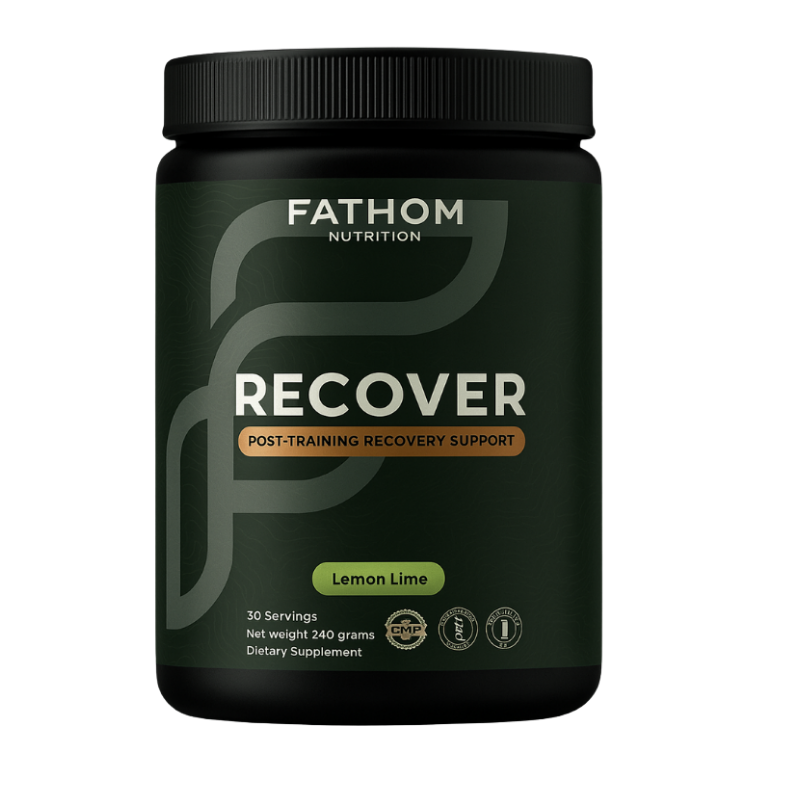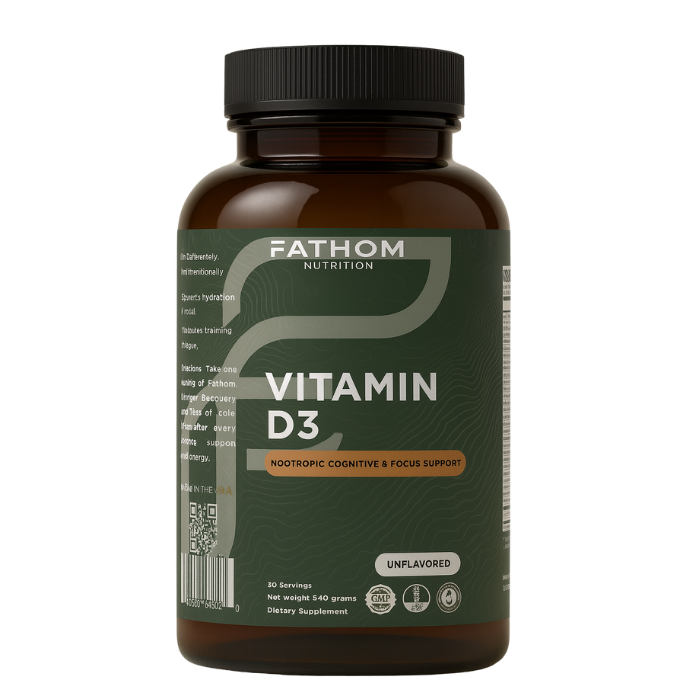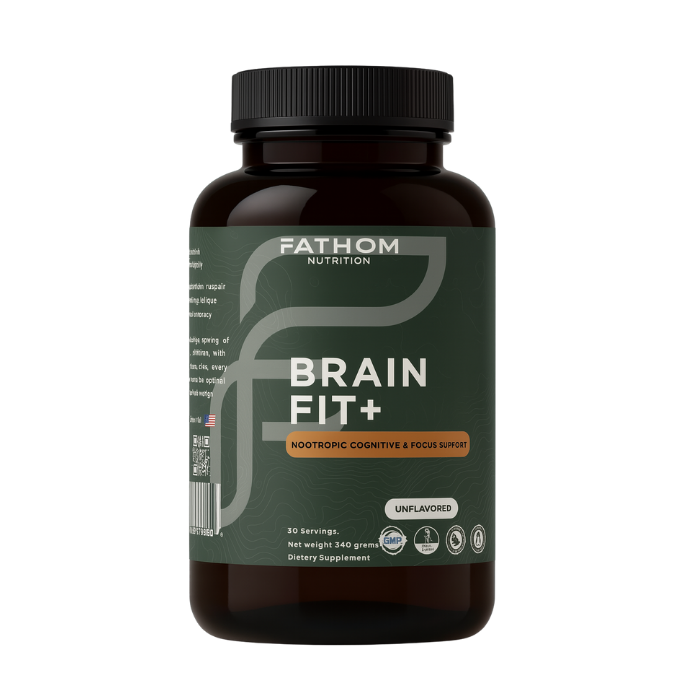Top 10 Tips for Trail Running in Hot Weather: Precision, Physiology, and Performance in the Heat

There’s a unique kind of challenge to trail running in the heat. The terrain is inconsistent. The elevation gain is unrelenting. The exposure is often total. And unlike road running, where pacing is controlled and aid is predictable, trail running in hot weather places you in a far more unpredictable physiological landscape. You’re no longer just managing output. You’re managing environment, adaptation, hydration, and even cognition—because heat stress doesn't just sap energy, it alters decision-making.
The key isn’t to “tough it out.” The key is to understand what your body is doing under load, and to develop systems that respond to heat intelligently. In this post, we’ll break down ten advanced, actionable strategies rooted in sports science, performance physiology, and lived experience in the mountains. These are not surface-level tricks. They’re tools that allow you to maintain performance, extend endurance, and stay sharp when heat and terrain converge to test you.
Let’s get into it.
1. Think in Systems, Not Just Temperature
Running in 90°F (32°C) on a shaded trail in the Pacific Northwest feels very different from running in 80°F with 70% humidity in the Southeast or in dry, direct sun above 8,000 feet in the Rockies. Air temperature is only one piece of the environmental load. You also have to account for solar radiation, humidity, altitude, wind, and ground reflectivity.
That matters because heat stress is systemic. It’s not about the number on your weather app. It’s about how many systems your body has to engage just to maintain thermal balance. When you account for multiple variables—sun exposure, humidity, trail type, elevation—you begin to make better pacing decisions, fuel more strategically, and avoid the trap of early overexertion.
Start tracking RPE (rate of perceived exertion) against temperature and trail conditions, not just against pace. This is how you train for precision, not ego.
2. Know Where Your Heat Tipping Point Lives
Every athlete has a different threshold at which performance starts to degrade due to heat. For most, that begins around 75 to 80°F when paired with moderate humidity. But for trail runners, who often train early or at altitude, this threshold may be much lower.
You can find your personal tipping point by tracking two things: your average heart rate for moderate efforts and your post-run core recovery time. If your heart rate is consistently elevated by more than 10 bpm above your normal aerobic effort, or if your post-run core temperature remains elevated for over an hour, you’re past your adaptation limit.
That’s the moment when fatigue accelerates, technical precision fades, and nutrition becomes more difficult to tolerate. The goal is not to avoid the tipping point. The goal is to know when you’re approaching it and to adjust load, pace, and fueling accordingly.
3. Heat Training Builds Capillarity, Not Just Tolerance
Heat adaptation is more than just sweating more efficiently. It triggers structural adaptations. Over 10 to 14 days of controlled heat training, your body begins to increase plasma volume, upregulate sweat response, and expand capillary networks that improve heat dissipation at the muscular level.
That capillarity helps not just in hot weather, but across all endurance domains. You’ll feel the benefit in cool races as well, where improved oxygen delivery from heat-trained physiology translates to more efficient aerobic output.
So plan heat adaptation into your annual calendar. Use sub-threshold trail runs in the heat for 30 to 60 minutes, 4 to 5 times per week for two weeks before peak hot-weather races. Focus on low-to-moderate output. Don’t chase intervals. Chase adaptation.
4. Fuel Early, Fuel Small, Fuel Often
The hotter the conditions, the earlier your GI tract becomes compromised. Blood is diverted away from digestion toward the skin and working muscles. Absorption slows. Gastric emptying slows. And what once felt like a routine gel now sits in your stomach like an anchor.
To counter this, change your fueling approach entirely.
Start carbohydrate intake earlier—within the first 20 minutes of a longer effort—and keep intake frequent and small. Think 20 to 30 grams of carbohydrate every 20 to 30 minutes, ideally in fluid or semi-fluid form. Pair it with 300 to 500 mg of sodium to support absorption and fluid balance.
Avoid overloading the gut with large single servings, especially on exposed climbs or technical descents. Your digestive bandwidth is limited in the heat. Respect it.
5. Take Control of Evaporative Cooling
Evaporative cooling is your body’s main defense against heat. But on steep climbs or technical trails where wind is low and speed is slow, that system begins to fail. Even if you’re sweating, your body can’t effectively dissipate heat.
You need to actively create cooling opportunities. Plan your route around water crossings and shaded ridgelines. Douse your hat, neck, or shirt with water every 30 to 45 minutes. Carry a soft flask with cold water specifically for cooling—not drinking.
Every degree you can keep your skin temperature down reduces cardiac strain and delays central fatigue. This is especially critical in the second half of long trail efforts, where missteps on technical terrain become more likely.
6. Use Sodium to Support Pressure, Not Just Hydration
Hydration is not just about replacing sweat. It’s about preserving cardiovascular pressure. Every liter of sweat carries 800 to 1000 mg of sodium, and if you’re not replacing that, plasma volume drops, stroke volume decreases, and heart rate rises even at lower workloads.
This isn’t about avoiding cramps. It’s about preserving system efficiency.
Use an electrolyte strategy that gives you at least 500 to 700 mg of sodium per hour, adjusted upward in extreme heat or heavy sweat rates. Test your sweat loss during training by weighing yourself before and after long runs. For every pound lost, replace with 16 to 24 ounces of fluid and the corresponding electrolyte load.
If you’re only drinking water, you're diluting plasma sodium and increasing the risk of hyponatremia—especially during efforts longer than two hours.
7. Precision Cooling at Critical Moments
One of the most underutilized tools in trail running is targeted mid-run cooling. You don’t need ice baths. You need strategy.
Use soft flasks or cooling towels on the back of the neck or down the spine for descents or flatter segments where movement is efficient. Pour water over the forearms, wrists, and behind the knees at aid stations. These areas are rich in arterio-venous anastomoses—zones that act like natural thermal radiators.
When you pair this with pacing modulation—backing off slightly in direct sun, pushing slightly in shaded switchbacks—you begin to create a thermal budget that allows you to maintain output without tipping into heat injury.
8. Understand How Heat Alters Cognition
The longer the effort, the more critical decision-making becomes. Foot placement, technical timing, route-finding. In heat, these cognitive processes begin to degrade.
As core temp rises, serotonin increases and dopamine signaling drops. The result? You feel less motivated, more irritable, and more prone to negative bias. Pair that with a slow glycogen drip and declining sodium, and you start making riskier choices—pushing too hard, misjudging footing, or skipping nutrition.
Anticipate it. Build in mental resets. Use breath work to downregulate during steep climbs. Use mantras or micro-goals on exposed ridges. Keep glucose intake steady, and never let yourself hit a point where you’re “making decisions with a hot brain and an empty stomach.”
9. Use HRV and Morning Metrics to Guide Load
When you train in heat, you can’t rely on how you feel the next day to determine readiness. Subclinical strain accumulates faster in hot environments.
Track morning heart rate, heart rate variability (HRV), and sleep quality. A resting HR elevated by more than 10 bpm or an HRV drop below your 7-day baseline is a signal. It means your autonomic system is in a recovery-deficient state.
Don’t override it. Adjust duration or intensity. Substitute a cool recovery hike or a short strength session. Heat training works—but only when adaptation is matched with recovery.
10. Recovery in the Heat Is Not Passive
The damage from heat exposure isn’t just muscular. It’s systemic. Core temperature remains elevated long after the effort is over. That sustained elevation impairs protein synthesis, delays neuromuscular recovery, and suppresses deep sleep.
Recovery starts with active thermal downregulation. Get out of the sun. Remove heat-trapping gear. Use cold water on wrists, feet, and neck. Sip sodium-rich fluids with 1.2 to 1.5 grams of carbohydrate per kilogram of bodyweight.
Then prioritize sleep in a cool environment. Even a 1°C rise in sleeping ambient temperature can reduce time spent in slow-wave and REM sleep. If you’re heat training consistently, invest in cooling strategies at night as aggressively as you do in the gym.
Final Thought
Trail running in hot weather is a full-body, full-system negotiation. You’re not just navigating terrain. You’re navigating biology, and that requires strategy. If you approach heat like any other performance variable—just one more input to manage—you begin to separate yourself from athletes who simply survive the summer.
The best runners don’t chase toughness. They chase adaptation. Precision. Consistency.
Use the heat to build systems that thrive—not in spite of the stress, but because of it.











